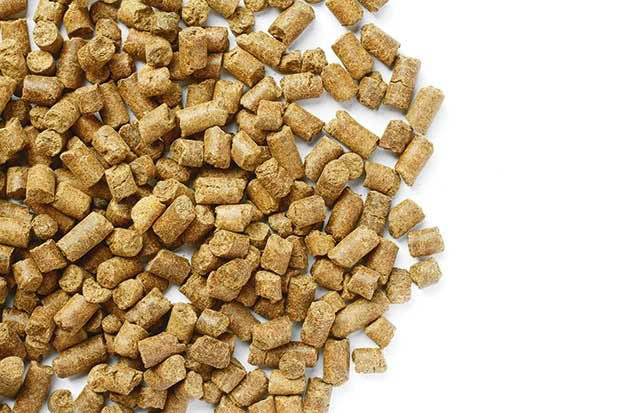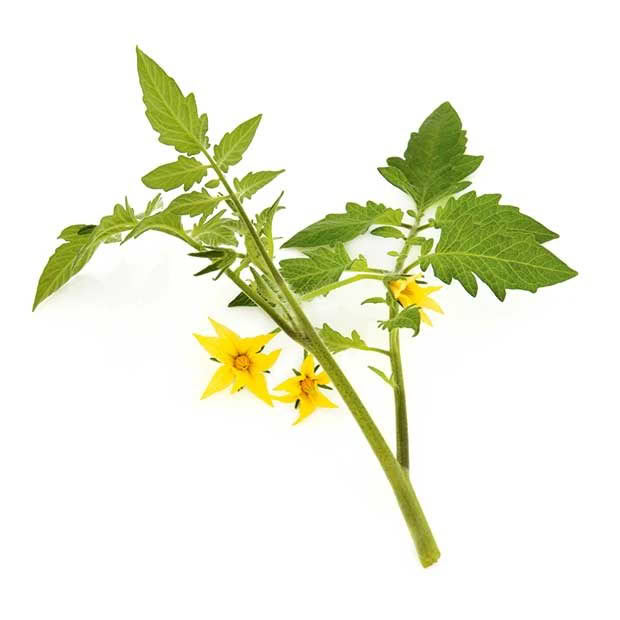Everything to know about chicken feed (and how it changes from chick to chook)

Chicks, pullets and adults all have specific feed requirements.
Words: Nadene Hall
Chicks (1-6 weeks) need a starter feed which is high in protein (20-22%).
A starter product will usually contain a low-level medication to prevent coccidiosis (‘cocci’), a gut parasite which can quickly kill chicks as they have no immunity to it. Oregano is added in some products as it is a natural preventative against cocci and salmonella.
From 6-18 weeks, chicks can be fed a grower product which has lower levels of protein. If youcan’t find grower, continue to feed starter.
It’s very important you don’t allow birds under 18 weeks of age to eat layer feed. Adult laying hens need high calcium levels, but these are far too high for young birds. Excess calcium is converted into crystals which block the kidneys. Affected chicks may die.

Those that survive to adulthood will often have kidney damage. This can lead to death when the stress and metabolic demands of laying eggs starts, or if a bird contracts a disease like Infectious Bronchitis (which can affect the kidneys).
Feed needs to be available 24-7. The more birds you have, the more feeders you will need or birds lower down the pecking order won’t eat enough (or at all) due to the fear of attack by birds higher in the pecking order.
Using obstacles like cardboard boxes or shrubbery between feeders means the lower order birds can eat in safety, out of sight.

Birds eat most of their daily rations in the morning and this is when a high quality, balanced poultry feed needs to be available.
Grasses, vegetables and kitchen scraps lack the important nutrients birds need, like protein, energy sources, special amino acids, minerals and vitamins. They’re also bulky, filling up the crop and leaving no room for the essentials poultry need for optimum health.

If you are raising poultry for meat production, their feed needs to be higher in protein (20%+) to accommodate their faster, bulkier growth.
10 THINGS TO KNOW ABOUT CHICKEN FEED
1. Pellets are steamed, a process that kills off any bacteria carried in the raw ingredients.
2. Some plants are toxic to chickens, depending on the time of year, including rhubarb, avocado and tomato plants.

3. Keep feed stored in (preferably) metal containers with lids. Old fridges and freezers are also good rodent-proof options.
4. A 2kg hen needs around 130g of good quality, nutritious feed per day.

5. Fermenting chicken feed – even a commercial product – has a beneficial probiotic effect, improving immunity to disease, and egg numbers and quality. Find out how to do it here.
6. Birds need clean, cool water, especially on a hot day when they use it to help keep their temperature down.
7. Yolk colour is caused by orange-yellow pigments present in grains and plants. Grass, maize, carrots or pumpkin make yolks darker. Mallow (a weed with a similar-looking leaf to a geranium) can turn it salmon-pink.

8. Feeders need to be easy to clean, and preferably up off the ground to prevent contamination of feed.

9. Too much fibrous matter like lawn clippings or long grass can cause a chicken to get crop bound and this can then cause sour crop. Find out how to diagnose and deal with it: thisnzlife.co.nz/avoid-sour-crop-crop-bound-chicken/
10. Research has found that treating a flock’s water supply with either cider or white vinegar (5ml to 5 litres of water) for a couple of days each month will assist gut health. However, more than this will cause harm to good gut bacteria.

MORE HERE:
Love this story? Subscribe now!
 This article first appeared in NZ Lifestyle Block Magazine.
This article first appeared in NZ Lifestyle Block Magazine.
